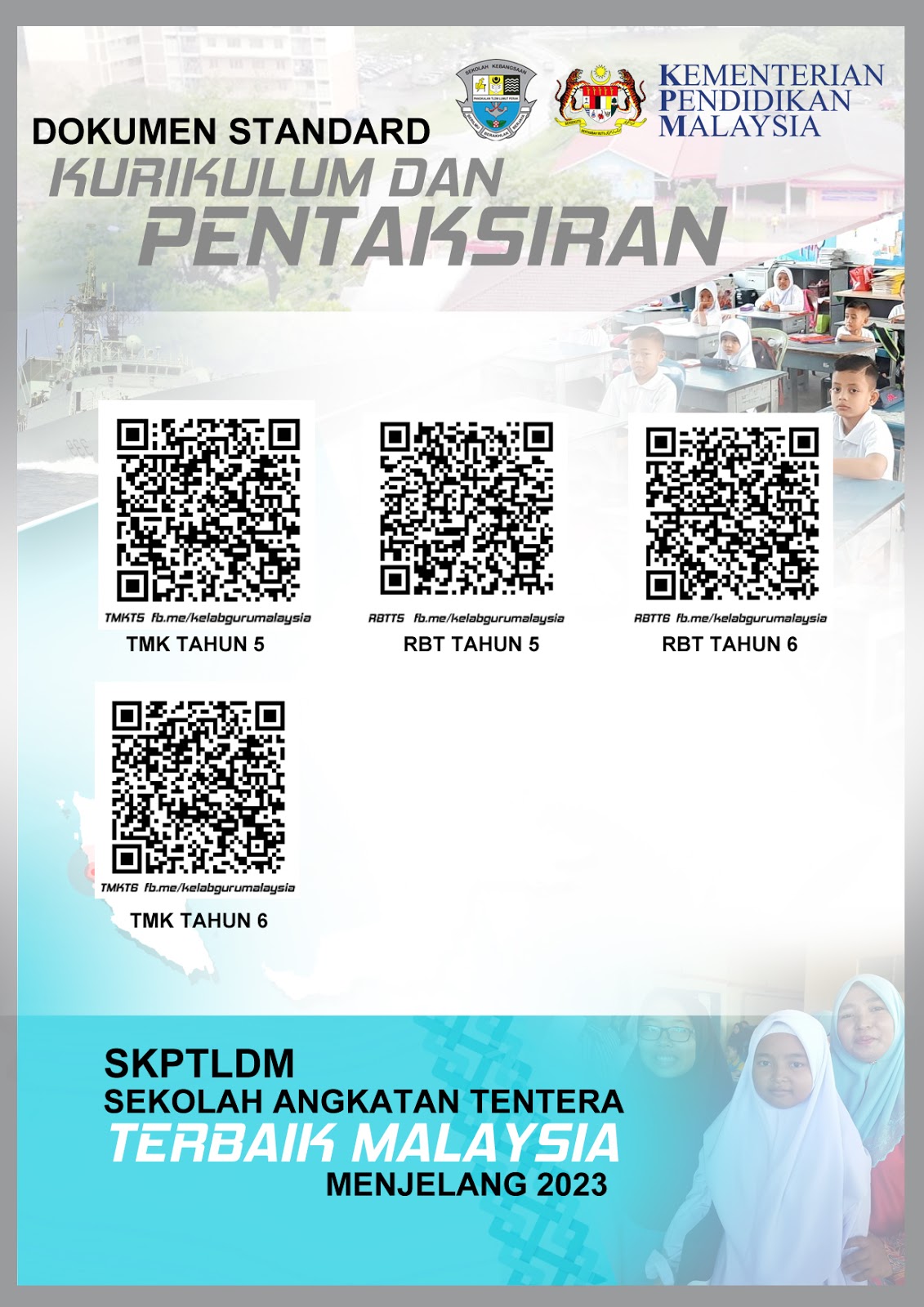In the bustling hallways of Malaysian primary schools, a quiet revolution is underway. It's not led by charismatic revolutionaries, but by an unlikely hero: the humble QR code. These intricate squares, once relegated to product packaging, are now breathing new life into the classroom, particularly in the realm of English language learning, or as it's known locally, DSKP Bahasa Inggeris.
Imagine a classroom where textbooks spring to life. Students, armed with smartphones or tablets, scan a QR code nestled beside a passage about the rainforests of Borneo. Suddenly, the room is filled with the cacophony of the jungle – exotic bird calls, the rustling of leaves, the pitter-patter of rain. This immersive experience isn't science fiction; it's the reality QR codes are creating in Malaysian schools.
The Malaysian education system, like many around the world, is constantly seeking innovative methods to engage students, particularly in mastering English, a crucial skill in our increasingly interconnected world. The national curriculum for English, DSKP Bahasa Inggeris, outlines the standards for language proficiency. Yet, bridging the gap between these standards and the actual learning experience has always been a challenge. This is where QR codes come in, offering a bridge between the physical and digital worlds.
The beauty of QR codes lies in their simplicity. They act as portals to a vast digital landscape, allowing educators to connect textbook content with a wealth of online resources. A single code can link to audio pronunciations, interactive grammar exercises, engaging videos, and even virtual field trips. This ability to seamlessly integrate technology into the existing curriculum is what makes QR codes so powerful.
However, the adoption of QR codes in Malaysian primary schools isn't just about embracing the novel; it's about addressing a real need. Traditional teaching methods, while still relevant, often struggle to cater to the diverse learning styles of today's students. QR codes offer a personalized learning experience, allowing students to learn at their own pace and delve deeper into areas that spark their interest.
Advantages and Disadvantages of QR Codes in Education
While the advantages of integrating QR codes into DSKP Bahasa Inggeris are numerous, it is crucial to acknowledge the potential drawbacks:
| Advantages | Disadvantages |
|---|---|
| Enhanced engagement and motivation | Potential for distraction and off-task behavior |
| Access to a wider range of learning resources | Requirement for internet access and devices |
| Personalized learning experiences | Technical difficulties and troubleshooting |
| Cost-effective and easy to implement | Equity concerns for students without devices |
Despite these challenges, the potential of QR codes to revolutionize English language learning in Malaysian primary schools is undeniable. With careful planning, thoughtful implementation, and ongoing support, QR codes can empower both teachers and students, creating a more engaging, effective, and enjoyable learning environment.
Anthony johnsons marital status a deep dive
Boost your boats audio the ultimate guide to speaker placement
Unlocking magazine magic the power of perfect font choices
QR CODE BROSUR BENGKEL PROGRAM PEMBANGUNAN KOAKADEMIK BAHASA INGGERIS - Khao Tick On
qr code dskp sekolah rendah bahasa inggeris - Khao Tick On
QR Code DSKP Bahasa Melayu 2022 (Cikguayu - Khao Tick On
QR CODE RPT PSV.pdf - Khao Tick On
Download / Muat Turun QR Code DSKP 2022 Semua Mata Pelajaran Sekolah Rendah - Khao Tick On
qr code dskp sekolah rendah bahasa inggeris - Khao Tick On
DOWNLOAD PDF DSKP BAHASA INGGERIS TAHUN 5 - Khao Tick On






